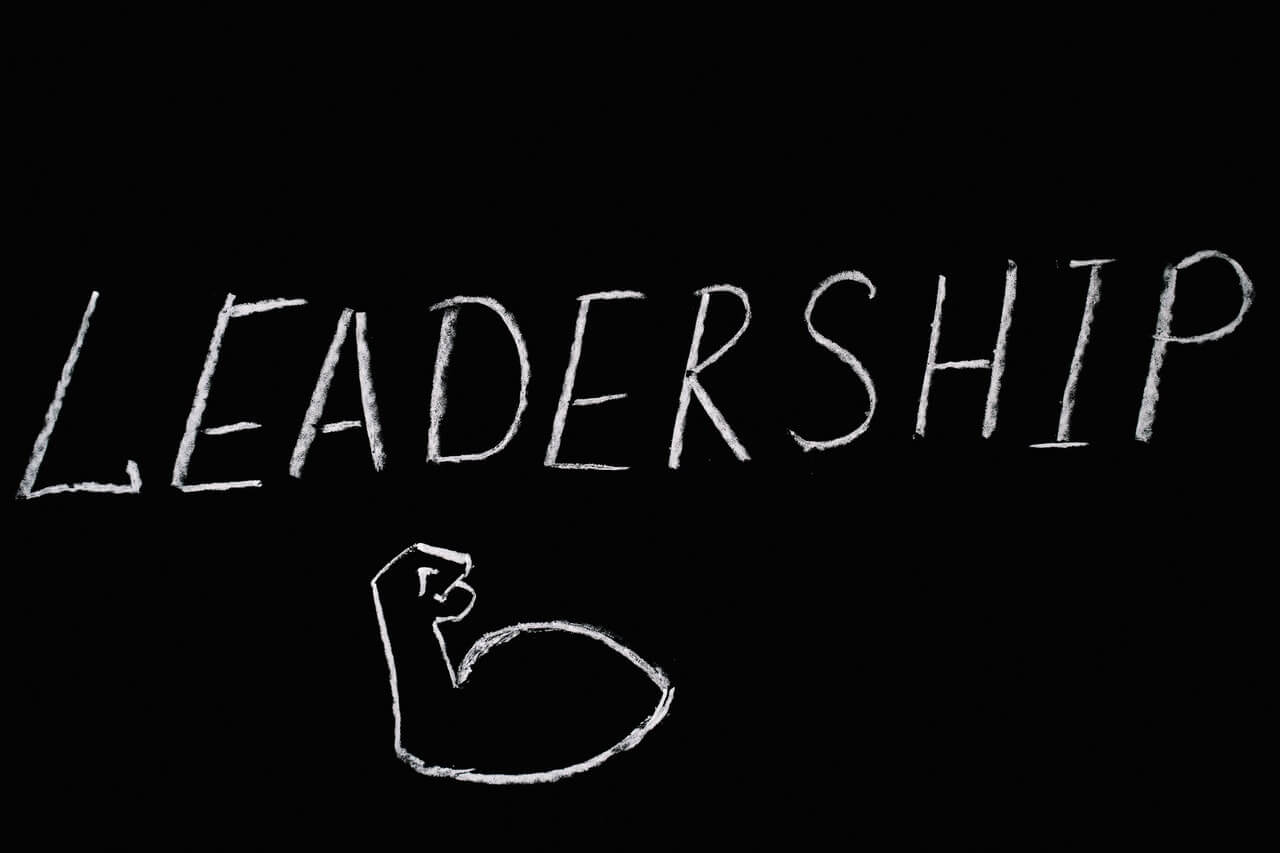The role of the board changes as the company grows and the management team becomes more diverse, with a wide range of experts who can contribute to strategy in different ways.
A company passes through several stages in its life cycle. In the first stage ‘Start-up’ strategy is developed and implemented by the founder and a close team. At this stage it is not often clear who is doing what. The team will switch from their shareholder role, to their executive role and then their board role quickly whenever the need arises. Usually, whichever role the founder plays most can be said to be the place in the organisation where the strategy is developed.
As the company enters the second stage ‘Growth’ more people join and the roles start to be defined with greater clarity. Skilled or qualified staff start to offer their inputs to strategy and the board needs to be explicit about the sharing of the roles to ensure that efforts are coordinated so that people feel engaged. Failure to separate and define roles will lead to dissent and disorder. Failure to share opportunities to contribute will disenfranchise management. The board need to be especially vigilant that the founder does not continue to dominate the process although they may still design the process so that the founder has the final say.
Eventually growth will start to slow down. This is a stage at which a company needs to focus efforts on internal effectiveness, systems and processes. It is also a stage during which the strategy development, in good companies, is formally delegated to the now strong and experienced management team and the board moves into the more traditional role of understanding, testing and endorsing strategy. Much will depend on the decision of the founder to remain as an executive (usually CEO) or to move to a non executive role (often Chairman but not necessarily always so).
If the transition is an abrupt or unexpected slowing of growth and represents a deviation from agreed plans it is not uncommon for a board, at this stage, to step in and remove the CEO or undertake other actions to restructure management so as to gain better visibility of the path ahead. If the transition is smooth, expected and well prepared for then the role of the board is not as overt.
At this point the company needs to decide if there are additional activities they wish to undertake that would effectively renew the organisation and continue the growth or if they are happy to transition to a less volatile mature operating state as the company becomes ‘Sustainable’ or ‘Mature’. This is the stage of life of most large blue chip organisations. They undertake enough new developments to maintain their sustainability but never so many that they revert to the risky volatile growth phase. Outcomes are expected to conform to plans and the board spends as much or more time monitoring strategy implementation as they do developing strategy.
Finally the organisation will enter the stages of decline and, if this is not arrested by reinvention, decay. A good board will be alert for indications that decline is imminent and will ensure that management are challenged with the task of developing new strategies for growth to counteract the tendency of the organisation to drift into these stages. Companies in decline are often paradoxically very profitable as investment in new lines of business and growth projects slows whilst tried and tested products are efficiently produced and sold.
Many family businesses enjoy this phase as a means of creating funding for the retirement of the founder. Other businesses work hard to transcend the tendency towards decline and decay. The board may, again, need to become more active (and possibly even forceful) to ensure that management focus their efforts appropriately depending on the owners’ desires for the organisation.
Some not-for-profit businesses look forward to these stages as they will indicate that the mission has been achieved; when a cure is found for cancer most cancer-related charities will focus on transitional arrangements to assist current sufferers, on providing information about the cure and on closing down in an honourable manner. A few will move into other disease related work whilst most will seek to exit the marketplace. For commercial companies the imperative will be to either create new business streams or to return capital to the shareholders whilst meeting obligations to stakeholders. The board must step into their role as the ultimate endorsers of strategy during these phases.
———————————————————————————————————-
Julie Garland-McLellan has been internationally acclaimed as a leading expert on board governance. See her website and LinkedIn profiles, and get her book Dilemmas, Dilemmas: Practical Case Studies for Company Directors.










